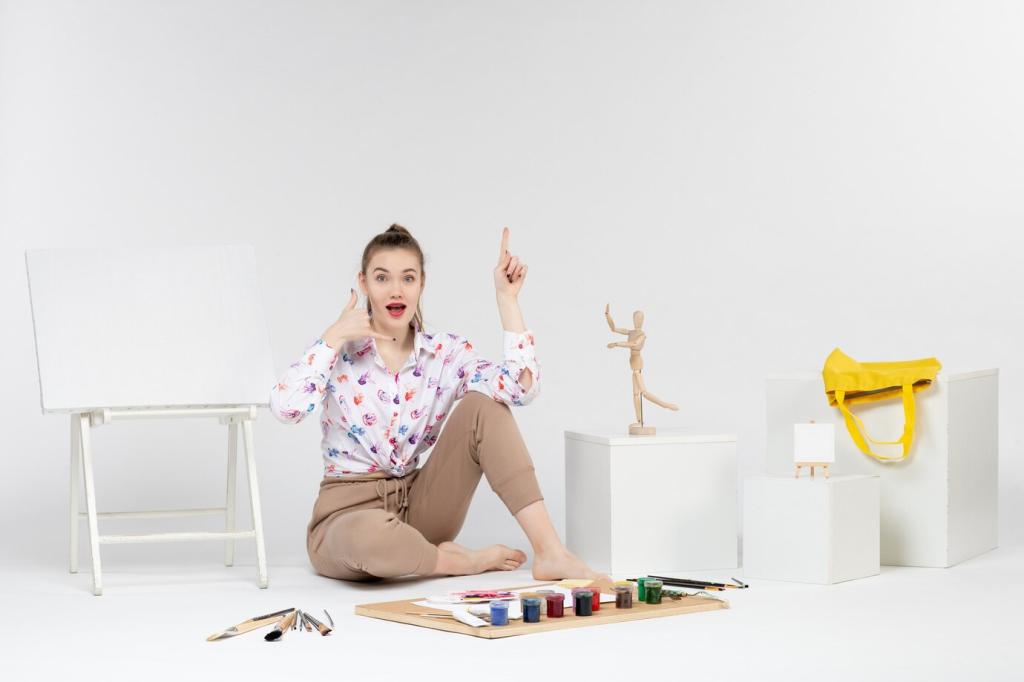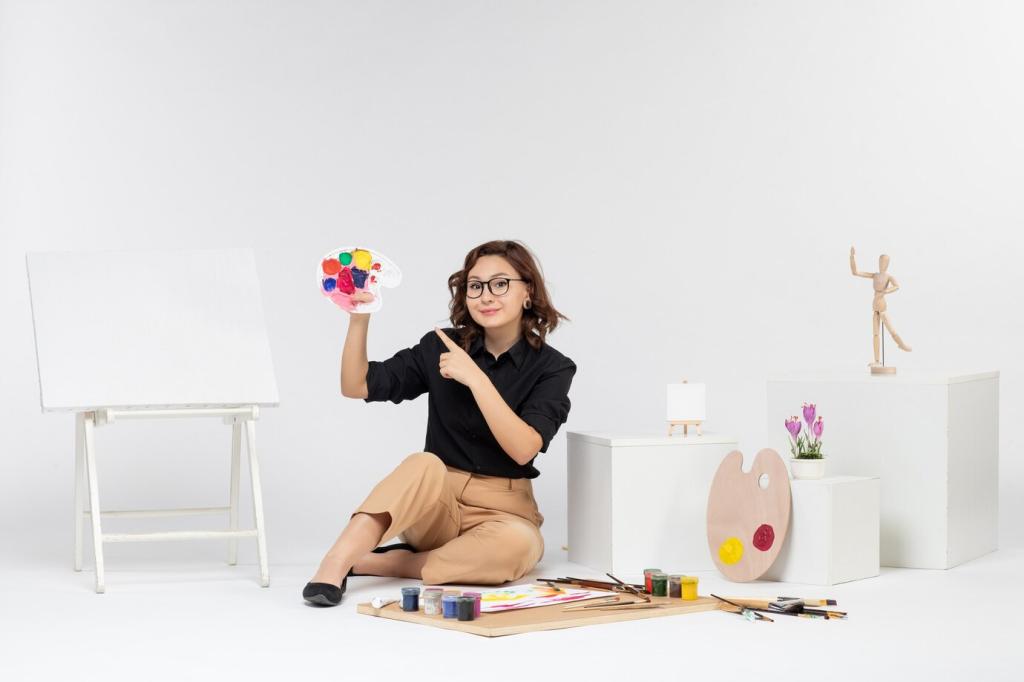Unusual Hobbies to Spark Creativity
Why Unusual Hobbies Ignite Fresh Ideas
When you try a genuinely unusual hobby, your brain forges unfamiliar connections, nudging you beyond habitual solutions. Novelty invites surprise, and surprise opens doors to ideas you couldn’t predict while staying inside comfortable routines.
Being a beginner lets you experiment without the burden of perfection. You can fail safely, laugh often, and learn quickly, which builds confidence and momentum that spill into every other project demanding originality and brave choices.
Odd materials, tiny formats, or quirky rules force you to make inventive leaps. By embracing limits within a hobby, you practice reframing problems, discovering elegant solutions, and translating constraint-born ingenuity into broader creative challenges.
Tiny-Scale Arts: Worlds That Fit in a Pocket
Folding paper cranes from ticket stubs or tea wrappers trains delicate focus. One reader told us these pocket-sized sculptures turned dull train rides into a mobile studio, inspiring calm thinking before brainstorming sessions at work.
Tiny-Scale Arts: Worlds That Fit in a Pocket
Design a scene inside a matchbox—maybe a moonlit library or a tiny seaside cliff. The limited space pushes narrative clarity; every millimeter matters, teaching composition, mood-setting, and the courage to cut anything that distracts your central message.
Tiny-Scale Arts: Worlds That Fit in a Pocket
Stitching tiny beads demands steady breathing and patient progress. As patterns emerge, you’ll notice problem-solving becomes gentler and more rhythmic, making it easier to approach complex creative tasks with steadier hands and clearer, kinder attention.
Movement Curiosities: Ideas in Motion
Balancing a clear acrylic ball across your hands trains micro-adjustments and serene concentration. Many creators report that after short practice sessions, writing and sketching feel smoother, as if their thoughts learned to roll gracefully instead of clatter.
Collect morning birds, café murmurs, or rainy sidewalks with a phone or handheld recorder. A listener shared that their dawn recordings inspired a short film score, proving ambience can seed stories just as powerfully as photographs do.
Sonic Play: Capturing and Crafting Everyday Sound
Nature-Urban Hybrids: Greening the Imagination
Moss graffiti with care and permission
Create moss paste, apply to a removable board, and nurture your living lettering outdoors. Watching words grow teaches patience and stewardship while offering a striking reminder: sustainable ideas often sprout slowly, quietly, and beautifully over time.
Seed-bomb typography in community gardens
Arrange biodegradable seed clusters into letters on soil where planting is welcomed and supported. As sprouts emerge, you’ll witness language transforming into landscape, a living collaboration between intention, community, and the gentle choreography of seasons.
Stone balancing for composition practice
Stack river stones thoughtfully, exploring weight, pivot points, and silhouette. Photograph each arrangement, then discuss contrast, balance, and negative space in the comments. This tactile study translates naturally to layout, illustration, and product design choices.

Hand-bound zines as rapid prototypes
Fold, stitch, and trim a small booklet that explores one quirky topic from today’s hobby experiments. Readers love tangible drafts; they feel personal and brave, and they often attract thoughtful feedback that sharpens your next creative leap.

Carve rubber stamps for modular design
Design simple shapes—arrows, leaves, constellations—then combine them into patterns across pages. This modular play trains you to think in reusable components, accelerating visual brainstorming and strengthening your instinct for rhythm, repetition, and delightful variation.
